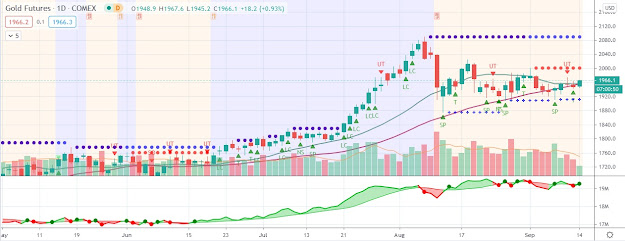The physical market remains a net buyer of gold

Gold, which are closely linked to liquidity, there is also risk of a really good employment number. We believe that a sell-off in especially gold would be a kneejerk reaction rather than a fundamental shift. As pointed out yesterday, the market may interpret a good number as a sign that the Fed will start to decrease their balance sheet. However, the Fed's balance sheet is only about a third of global liquidity (as we measure it). We measure global liquidity as the Fed's Balance sheet plus global FX reserve holdings. Therefore, if the Fed contracts their balance sheet by 5%, global liquidity declines by only 1.5%. 5% of the Fed's balance sheet is large — $130bn.
We also note that the other component in our measure of global liquidity — FX reserve holdings — is likely to continue to grow. In fact, global FX reserve holdings are up 3.5% YTD. FX reserve holdings make up two-thirds of total liquidity. The physical market remains a net buyer of gold, with some scrap coming to the market when gold approaches $1,440.
We believe that this demand should remain in place, especially when the metal approaches $1,400. Support for gold is at $1,419 and $1,407. Resistance is at $1,442 and $1,452.



Comments
Post a Comment